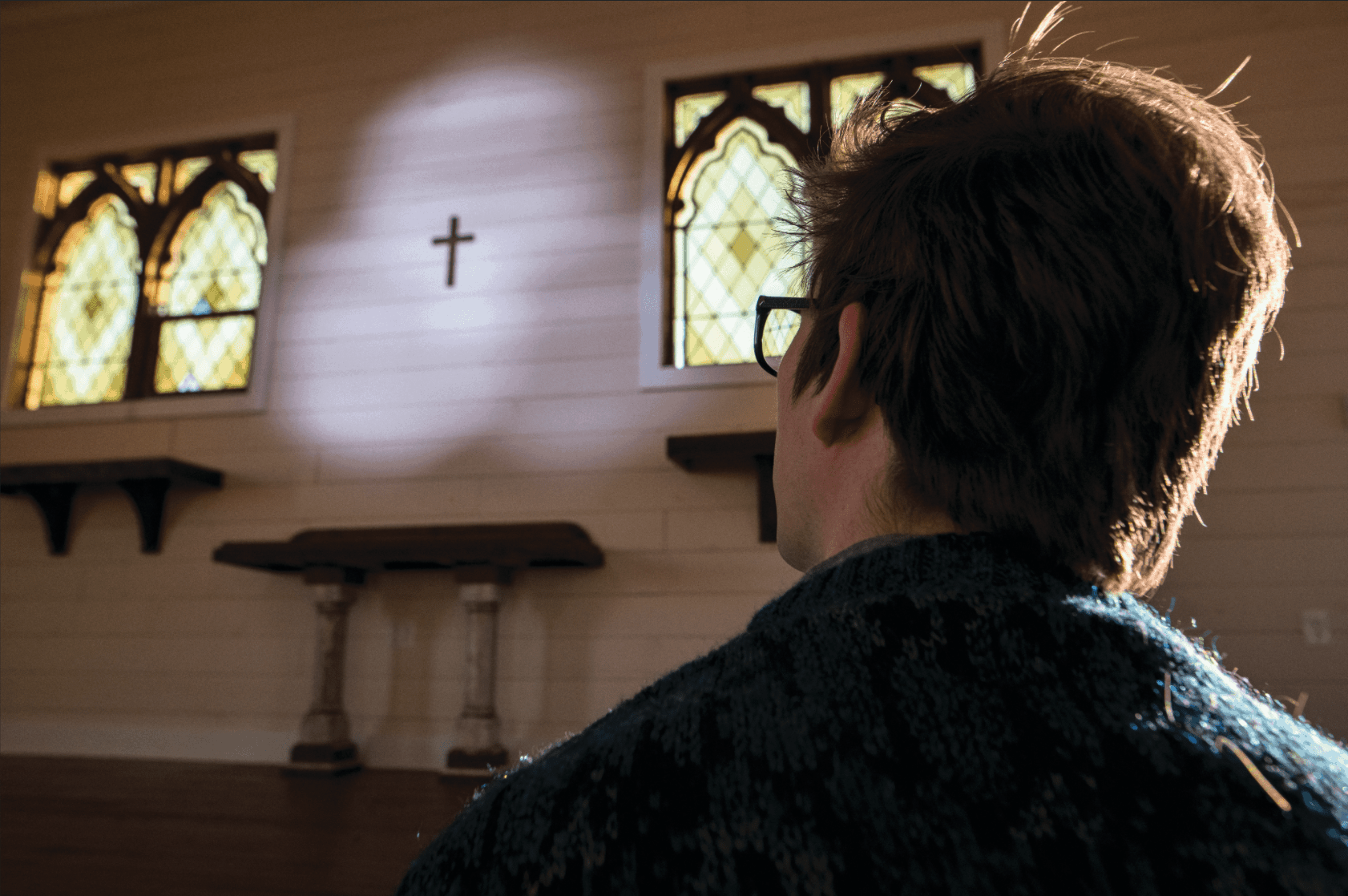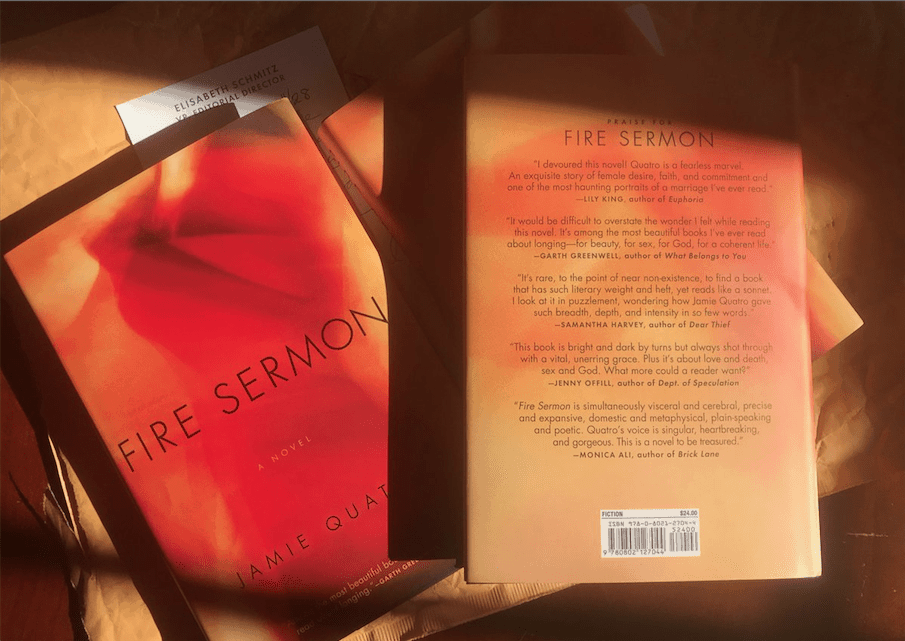By Julie Mabus
The backdoor of his Highlands cottage was unlocked. Driving sounds of horns and a keyboard wafted through the glass door, signaling he was in a music-kind-of-mood–but he always was. I tapped on the glass, and Emma, his beloved rescue, a Great Pyrenees and Lab mix, bounded from the bedroom, announcing my arrival. Camp waved me in.
Without a word, we started our jitter-bug moves. Camp and I have been dancing together for as long as we have been friends–nearly six decades. When we were in the eighth grade at Bailey Junior High School in Jackson, I asked him to escort me to WLBT TV’s Saturday evening Teen Tempo show, setting the stage for a life-long partnership.
Nathan Campbell Best is a walking contradiction. He presents himself elegantly in dress and manner; he’s always a favorite at social events and as handsome as he was in his youth. But he has forever struggled with a deep and darker view of himself. And that complicated struggle has spawned an artistic expression laced with lines and colors telling curious stories of unimagined joy and dread, often inextricably woven together.
He directed me to his sofa and handed me a headset connected to his laptop. “I want you to listen and watch, and I want you to do it alone. I’m going to leave the room. It takes about twenty minutes.”
A recording of The Pat Metheny Group’s “So May It Secretly Begin,” a mesmerizing jazz sound, launched the video. In that video, Camp used the pen and paper artwork from his black-and-white period as a canvas for his color-infused drawings, creating a montage of his work through sound and vision. Each piece is small, usually no larger than a sheet of typing paper. But to absorb the intensity of the work, one must sit with each colored pencil drawing and study every square inch of the patterns and designs embedded within it. Even the borders framing the subject are rife with complicated geometry, not unlike the tiniest spiderwebs.
An elaborate history of childhood dreams and fears ooze through those gossamer images… And so his story began.
“Every week when I was a little boy, my family went to Nanny and Jim’s (his mother’s parents) after church for Sunday dinner. Before we ate, Nanny put a stack of drawing paper and a box of crayons on the dining room table. I remember the feeling so clearly, I loved that time. I think Nanny sensed my affinity for colors and shapes.
“Sometimes, when we were alone, Nanny would point to a little cabinet by the sofa, ‘There’s a box of paper dolls in the chest.’ For me, it was like fashion and architecture combined. I could build the outfits and make the characters real.”
But Homer, Camp’s father, was a rough-and-tumble sort of man and wanted his two boys to hunt and fish like he did. Camp resisted. Even if he didn’t know how to articulate his thoughts, Camp deeply respected the sanctity of all life. He wasn’t going to kill. But how could Camp please his father now? That desire relentlessly drove him from his earliest years.
Thankfully, Camp found Little League Baseball and was all-star good at it. Those summer-night games on Lakeland Drive in Jackson were a family affair, filled with bright lights and boys running around in uniforms, proudly signifying their team sponsors. Camp made life-long friends, and the old team photographs hang on his den wall today, boys proudly sporting their Jackson Tile uniforms. But, most of all, Homer was proud of his son.
“A few years earlier, I had found music. My paternal grandmother was one of the “Singing Dotys” and a wonderful pianist. Consequently, I easily slipped into piano lessons from Mrs. Dollarhide, Jim Dollarhide’s mother.” Jim was a great cinematographer from Jackson whose life was cut short in a 2016 fire. “I loved the keyboard, and Mrs. Dollarhide said I had a natural talent for it. But that confused me, and I didn’t stay with it. Music wasn’t manly enough. What a shame! You know how much I love music.”
Camp pointed to a stack of weathered “Wizard of Oz” books his mother had read to him as a child. “Mama had all the Oz books. They were about a mystical journey and a powerful man hiding behind a curtain. And those magical characters…” Oz’s theme of journey and fantastical friends along the path would eventually creep into his web of shapes and colors when he finally began to respect and embrace his talent. But it would take many years.
Junior high introduced a whole new social structure for Camp. He was painfully shy, but people flocked to him with his sculptured face, perfect clothes and hair, and kind heart. I was one of them. And no one would have ever suspected the torment racing beneath that ideal persona.
“As I grew bigger and more athletic, I still longed for acceptance from my father. Thankfully, I discovered tennis. It was a respected sport that took me across the Southeast to play in tournaments. I felt normal. My parents were proud.” At the same time, he suppressed all his artistic talent. The dark hole was getting a bit crowded.
“When I got to Murrah High School, I realized some guys like Johnny Barranco and Johnny Buffalo were good at music and proud of it. That gave me permission to participate. I joined the Murrah Singers and sang and danced in every school musical. All the guys were doing it.” He sat back for a minute. “I missed so much along the way.”
I reminded him of the notes we passed in high school. He always drew little geometric shapes on them. “Yep, I doodled. I always doodled. That was my safe artistic expression. All things grew from there.”
“Going to Ole Miss was expected. I joined a fraternity and became one of the guys. And I loved my time there. I slipped into a mold that made me feel normal for those first two college years.” Then, out of the blue, Camp transferred to Florida State to study meteorology. A bit of longing for something different? Perhaps, but after a semester in Tallahassee, he returned to Mississippi and finished his B.A. at Millsaps. “I went to class during the day, waited tables at Poet’s at night, and hung with older guys doing things I probably shouldn’t have done. I felt free, maybe for the first time.”
But what next? “I thought about architecture. The precision and geometry of the drawing requirements really appealed to me. But that would mean going to Mississippi State. Ha. So, in 1976, I earned a Masters of Urban and Regional Planning from Ole Miss, eventually working for the city of Jackson. I got to draw–parks, city blocks–all things geometric.
“Eventually, my dad lured me into his oil and gas business. I was supporting a family, and it was lucrative.” But, once again, that artistic muse raised her head, and Camp found himself the owner of Fridge’s Gift Shop in Jackson.” Who knew? On the first day, Camp was greeted by a group of “older ladies,” both black and white who had been at the shop for years. “I knew nothing of the business, but with their help, things started flowing. It was the table settings, the china patterns, the colors. And suddenly, my introverted self had to get out there and sell.”
Life intervened again when the Millsaps Arts District opened in Jackson. “I was still running Fridges, but I rented a studio in the Arts District and began experimenting with geometric designs using acrylics, marker pens, and glitter. I loved being there with people I considered “real artists.”
After Fridges and a successful foray into designing and selling for John Simmons and other wholesalers in the South, Camp took a job and eventually became the Executive Director of the Fondren Renaissance Foundation. He set the neighborhood on fire–art shows, art walks, a radio program, all things leading to the revitalization of one of Jackson’s oldest and most eclectic neighborhoods. In a 2003 “Jackson Free Press” article, Camp spoke of his coined moniker, the Fondren Glow. “It causes this light to shine on a community; it causes a feeling amongst people of community, and it starts to heal things,” a surprisingly prescient statement given his later career move to Oxford.
The Fondren experience provided more freedom. Camp opened a new studio in the neighborhood and painted every night. True to form, he didn’t like brushes. He used his fingers and acrylics, experimenting with light and colors, applying and scraping off layer after layer. Moon images floated through much of his work. “Sometimes, I would leave the studio completely covered in paint, my face, my fingernails. Pure joy.”
He started selling his pieces around the state. He produced a printed program for an event in Jackson, writing a poem for each art piece. Yes, the boy can write, too.
In 2007, Camp got a call from the Yoknapatawpha Arts Council. They were looking for an executive director. “I didn’t hesitate for a second.” He would return to his beloved Oxford.
In that same year, he entered his black-and-white period. “I missed drawing. And though I’ve never had formal training, I was a constant student.” Camp picked up a book on his coffee table, “Kurt Vonnegut Drawings,” and handed it to me.
I was astounded. “It’s like your black-and-white drawings from the video.”
“I know. Vonnegut grabbed me.”
I had no idea Vonnegut had been an artist. Vonnegut’s daughter, Nanette, had selected a hundred and forty-five pieces from her father’s artwork and created the book. Vonnegut’s style was clearly influenced by Picasso’s cubism and Alexander Calder’s black and white drawings of sunbursts, abstract human forms, lines encircling lines–all ink on paper. In the book’s introduction, Nanette writes that she comes from a long line of “Master Grand Doodlers.”
“You know, that’s what I am. I’m a doodler.” The drawing always starts as a line on paper, but his finished work is a kaleidoscope of private lives and stories to be told. “I guess I could call it abstract expressionism.”
If you had gone to Ole Miss, there is something about this town, this campus, that rains down on you if you come back. I call it fairy dust. You drive the streets and travel through campus, and the memories come flooding back–those memories of a time gone by yet still so palpable.
That feeling eventually planted him on campus. In 2012, after earning an M.A. in Southern Studies and a Masters of Education in Counseling, Camp found himself in the belly of the beast, counseling students who desperately needed a loving hand to help heal their swallowed and unspoken pain. He was a natural.
Today, Camp is a mentor and teacher in the FASTrack program on campus–an initiative helping first-year students make the massive transition from home to college life. He often starts his classes with a guided meditation, presenting the new students with a fresh and powerful tool on the lifelong path of self-awareness.
But over these years, with Oxford as his backdrop, Camp has continued to draw. “Ironically, I produced a lot of my new work during the pandemic lockdown. Covid was terrible, but Emma and I were alone, and I could stay here and do my art. No one was telling me what to do. I had this stash of ink-on-paper drawings from 2007–frogs, figures, dogs, crabs, insects, birds. I had been protective of them, wanting to keep them safe, waiting for the right time to let them come out. I never had any thought of seeing them in color.
“But that’s what happened. During and after Covid, I took those drawings and added color. I call them my ‘one plus ones.’ The color allowed me to take the abstract drawings and make them into real characters.
“I also created new characters, fellow travelers, inspired by Tarot cards. I believe this is the best work I have ever done. The pieces are the most honest depiction of who I am as an artist. These are the characters I carry around inside of me.”
“All in ink and colored pencils?”
He nodded. “Layer on layer, mixing colors, blending red first, then yellow over it. Nothing is more rewarding than getting the color right, in the right spot.”
“What is your motivation when you start a new piece?”
“I just get an urge to draw something. It’s mostly unconscious when I start, and then something happens along the way…perhaps a song I love. I did a piece of Led Zeppelin’s ‘Kashmir’ and another of Traffic’s ‘The Low Spark of High Heel Boys.’ The music is the cue, and I go with it. Unless it’s one of the 1+1’s, and then, I have the black and white drawing as a basis for creating something new and alive with color.”
“Have you told it all?”
Camp laughed and shook his head. “I’ve told more of the story than I thought I could. But so much of the untold story is in my art. Maybe it is time to remove the lid and share these new characters. A gallery showing, perhaps, or prints? I don’t know, but I do believe they are ready to meet the world.”












